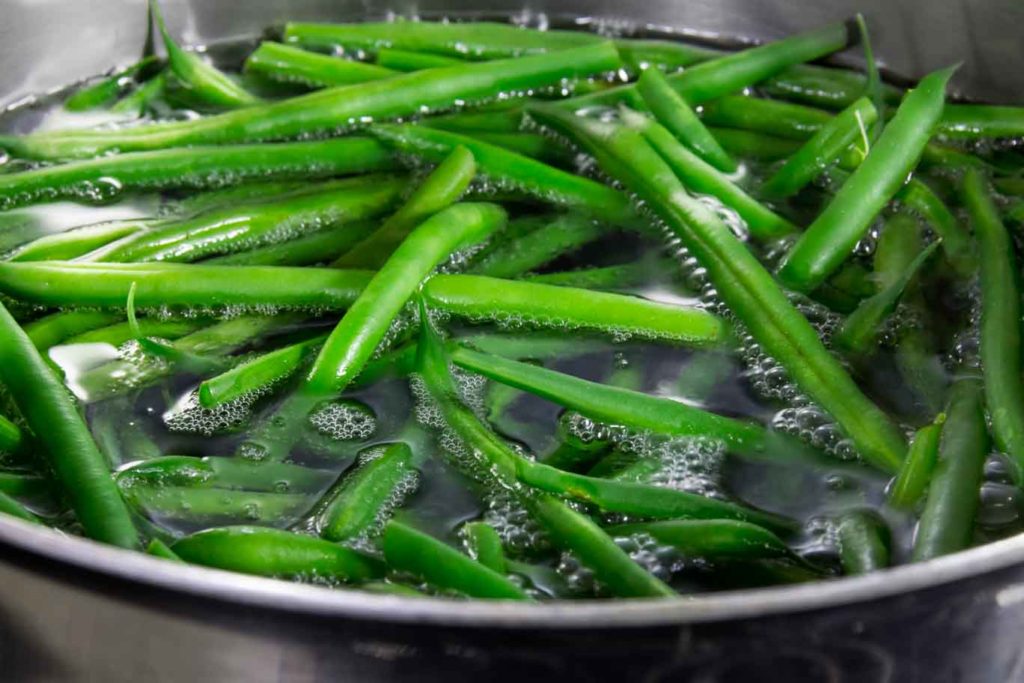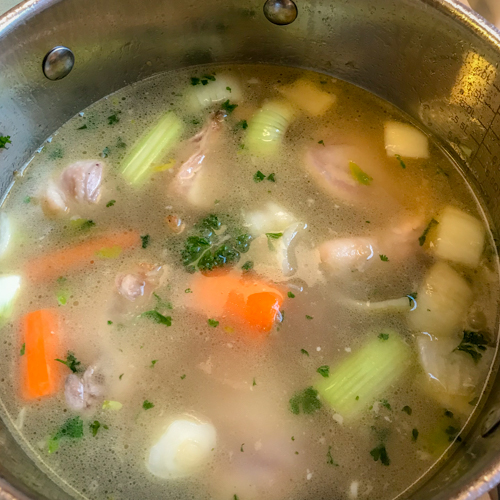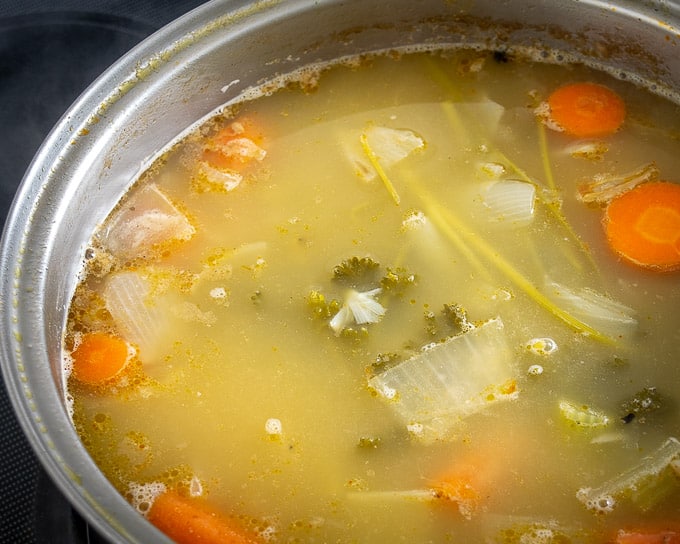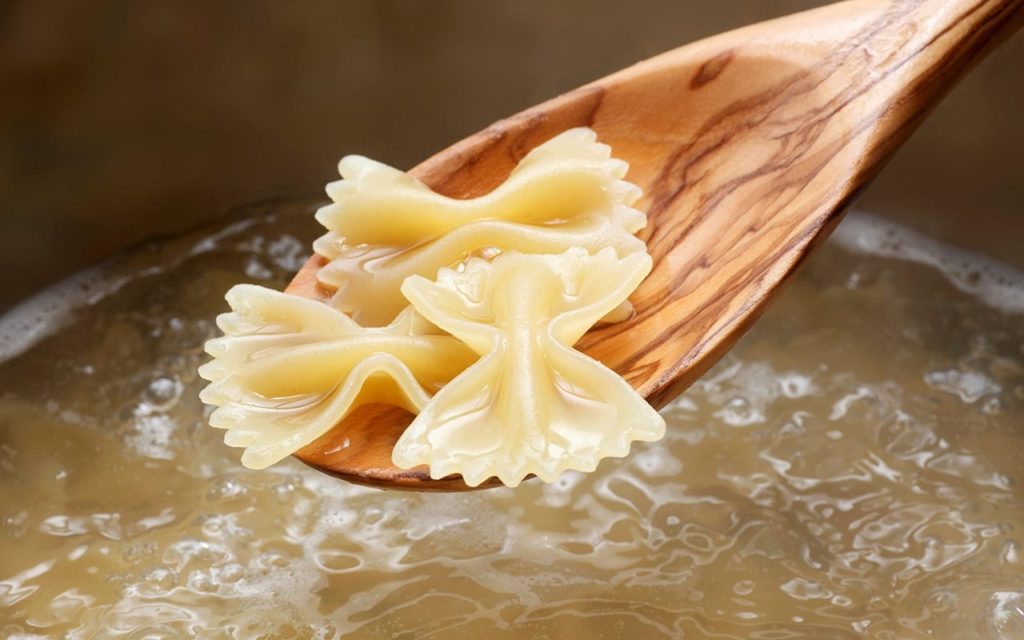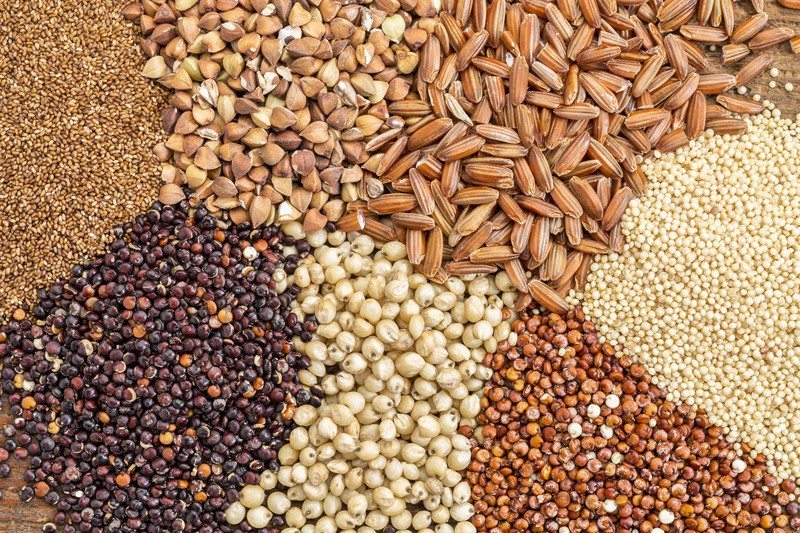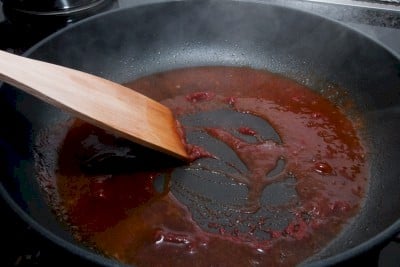Blanching
Blanching is a technique used to partially cook vegetables. To blanch, add cut vegetables to a pot of boiling salted water. Most vegetables will cook within 2 to 5 minutes; taste often to see when the vegetable is done to your liking. To stop the cooking process, “shock” the vegetables by immediately plunging them into […]

